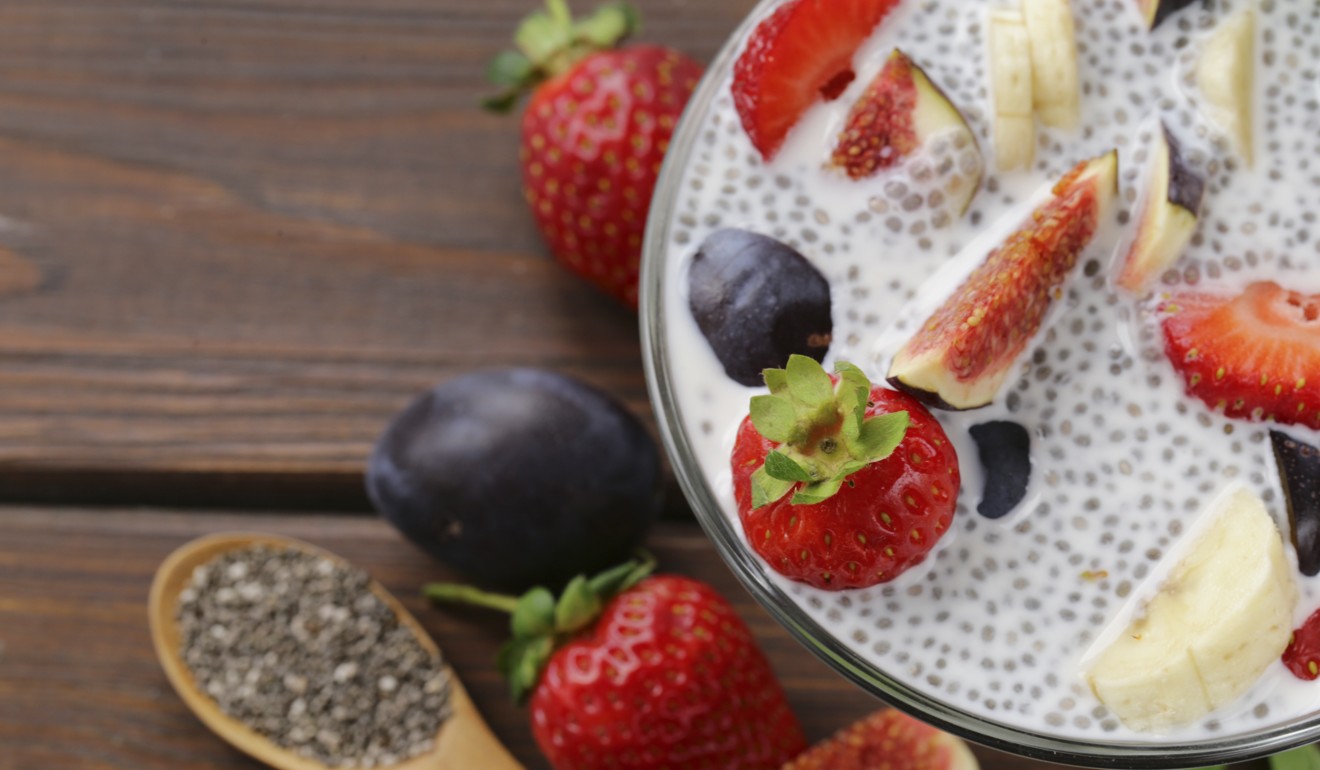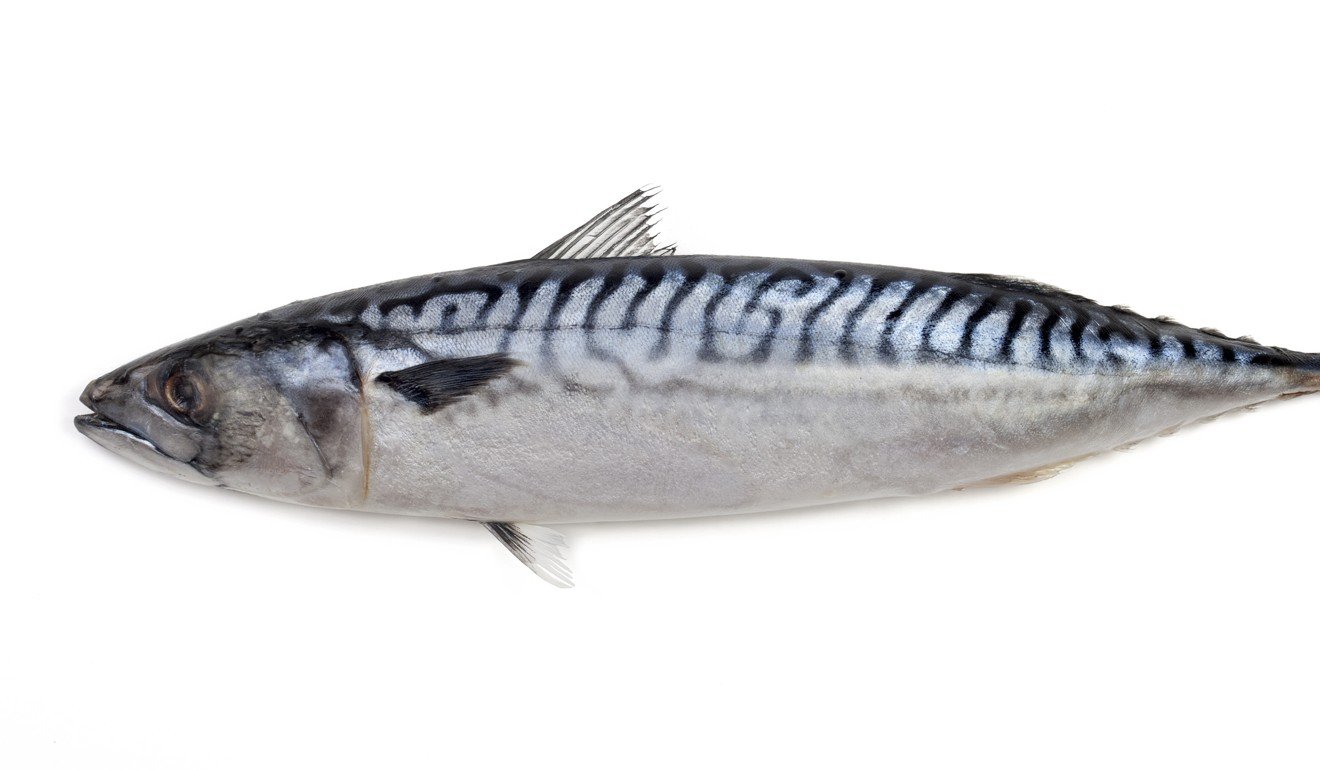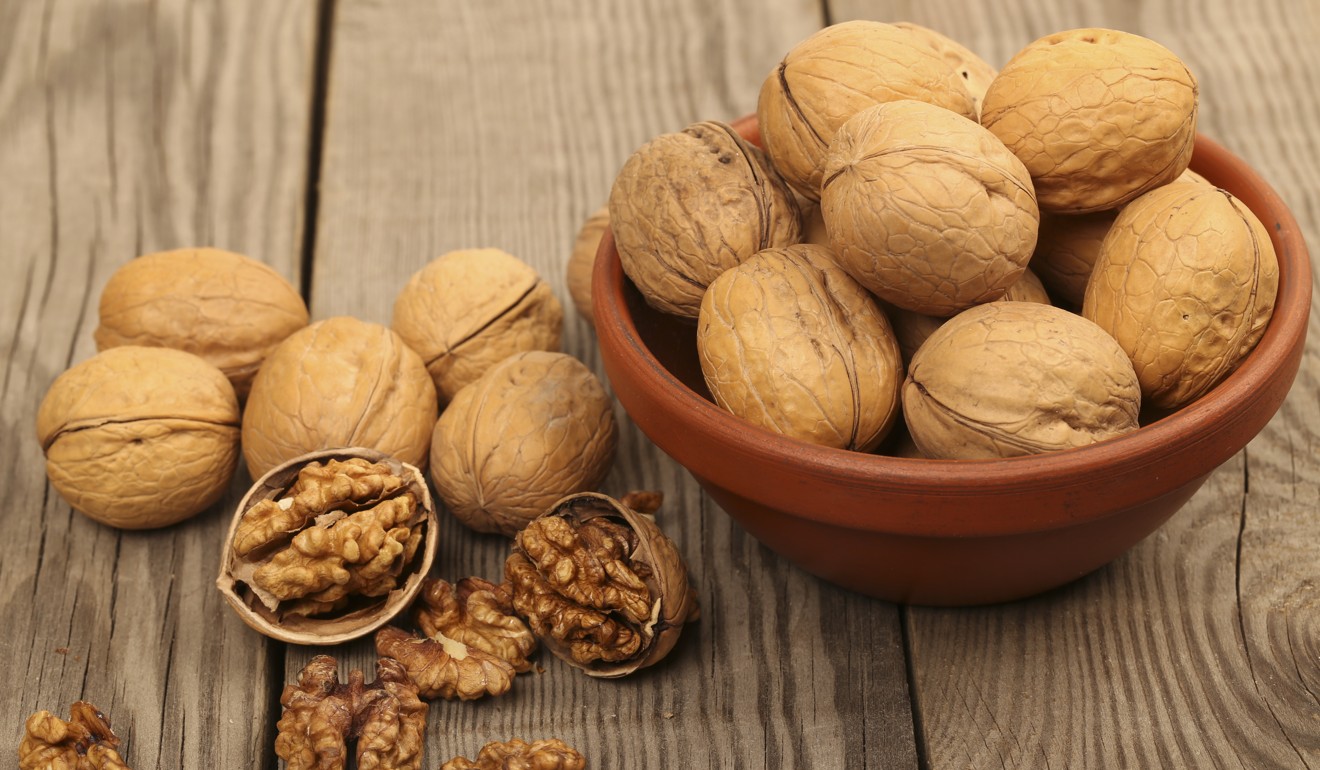
Hong Kong memory grandmaster shares tips for near total recall
If you find yourself forgetting names, faces, or even what you meant to buy at the shops, Andy Fong’s handy and easy tips should help you remember even the smallest details

We’re in a noisy Causeway Bay cafe and Andy Fong spends about a minute scrolling through a shiny new pack of 52 playing cards. Nothing special to see here you might say. But then he spends the next 2½ minutes with his hands over his eyes reciting the entire pack in order, stumbling slightly on one. I quickly grab my phone to take some video, fully aware that a crowded cafe combined with a stranger shoving a camera in his face might put Fong off his game. I’m wrong.

“The word ‘aerial’ is at the bottom of page 10. I memorised 215 pages of the 674 pages.”

“There are three global organisations that share similar requirements for the Grandmaster level, such as memorising at least 10 decks of playing cards in an hour, memorising at least 1,000 random digits in an hour and memorising a deck of cards less than two minutes,” says the 34-year-old.
Today he’s joined by fellow memory athlete – yes, they are called athletes – and girlfriend Angel Lai, who in 2012 won the Canadian Memory Championships.
Both teach memory techniques in Hong Kong, and Fong says a good memory has many benefits – not just to help students retain knowledge, but also to boost confidence.
“It can help different workers retain their skills, and help people feel important if you can remember their names, or even their stories.”
In 2015, Fong became the youngest level 4 memory arbiter of the World Memory Sports Championships. Today he plays a more administrative role, organising competitions around the globe – he has hosted more than 20 in 10 countries – including the Asian Open Memory Championship in Hong Kong last month.

In videos circulating online, viewers can watch Wintersoul recall what items are placed where and on what page as well as details about design collaborations. She is even probed further. “What about the girl with missing front teeth,” asked one Ikea staff member. “Is she on [page] 254 and she’s cooking?” asks Wintersoul. Of course she is.
Netizens are calling it a clever marketing campaign by the Swedish retailing giant. But whatever way you look at it, there is no doubt that her memory skills are mind blowing.
Wintersoul and Fong are exceptions. Memory is essential – if we don’t remember past events, we can’t learn or develop language, relationships or personal identity. But for many of us, remembering names, faces, past events – or even things as basic as what we went to the supermarket to buy – can be a struggle.

“When memorising, let’s say a supermarket shopping list, don’t just focus on the words. Imagine the shape, colour, smell, taste and the texture of the food you are going to buy. The more you imagine, the more regions in your brain are activated,” he says.
“To know where we put our memory, we have to have our own ‘filing system’. When we fail to recall a memory, it’s not that we forget the information, we simply can’t locate where the memory is stored.”
Fong says there are many techniques to help us create a better filing system, citing memory palace and the journey method, a technique for remembering a long, sequential list that’s based around the idea of remembering landmarks on a well-known journey.
However, he says those sophisticated methods are only useful when memorising a lot of information. He says the easiest way for most people to improve memory is to create a simple story and “file it” into a place we won’t forget ... like our body parts.
“Let’s take the shopping list as an example. Imagine we have to buy milk, toilet paper, oranges, cheese, chocolate, cereal, pizza, eggs, tinned soup and chips. Now, let’s take 10 places on our body to store the information. 1) hair, 2) eyes, 3) nose, 4) mouth, 5) neck, 6) chest, 7) stomach, 8) thigh, 9) feet, 10) hands. It is also good to exaggerate the story to draw our attention and make it easier to remember.
“Now, imagine 1) we use milk to wash our hair; 2) cover our eyes with toilet paper; 3) smell orange fragrance, 4) put a smelly cheese in our mouth; 5) wear a chocolate necklace; 6) spill a bowl of cereal on our chest, 7) a giant pizza is wrapped over our stomach; 8) some eggs are broken and spill on our thigh making it so sticky and slimy; 9) using one leg to stand on the soup tin and have to keep balance; 10) juggle some crisps.”
It might seem like a lot to remember, but Fong is proof of the effectiveness of the technique.
The Hong Kong Open Memory Championship will be held on October 7 at the Gordon Wu Hall, 2/F,
B P International Scout Association of Hong Kong, 8 Austin Rd, Tsim Sha Tsui.
How you can improve your powers of recollection
Lifestyle factors can also improve memory and promote neurogenesis, the growth and development of new brain cells from neural stem cells.
Proper sleep
“It’s important to stay focused, and to achieve this it’s essential to have a good night’s sleep,” says Fong – which is ironic as he replied to my email at 2.30am, before our 9am interview.
Exercise and meditation
A 2012 study titled “Effects of Mindfulness Meditation Training on Multitasking in a High-Stress Information Environment”, found that meditation training helped workers concentrate better, and remember more of their work details.
“Daily practise works best, but if you have a busy schedule, aim to practise at least three or four times a week. And don’t give up if you feel like it’s not working right away. These techniques are like any other skill or workout – the more you do it, the stronger you will get,” says Sudha Nair, a naturopath at Balance Health in Central.

Eating properly
Hong Kong dietitian and founder of Personal Dietitian Sally Shi-po Poon says the best menu for boosting memory and brain function encourages good blood flow to the brain, much like what you’d eat to nourish and protect your heart.
Poon refers to the Mediterranean Diet that promotes plant-based foods such as fruits and vegetables, whole grains, legumes and nuts. It also advocates replacing butter with healthy fats such as olive oil and canola and using herbs and spices instead of salt to flavour foods. Poon says we should also limit our intake of sugars and refined carbohydrates (white rice and white bread, for example), stay hydrated and increase the consumption of healthy fats, especially omega-3 and monounsaturated fats.
“Smart food choices are most beneficial when combined with adequate sleep, regular physical activity, mental stimulation, and social activity,” she says.
The Hong Kong Open Memory Championship will be held on October 7 at the Gordon Wu Hall, 2/F,
B P International Scout Association of Hong Kong, 8 Austin Rd, Tsim Sha Tsui.
Remember to eat these to remember
Poon’s seven brain-boosting food groups and why they are good for you.

Green leafy vegetables
Vegetables are critical for good brain health, especially leafy greens, which contain high levels of antioxidants including vitamins A and E, as well as traces of omega 3 acids, and other brain healthy nutrients.

Berries
Dark varieties such as blackberries, blueberries and cherries are a rich source of anthocyanins and other flavonoids that may boost memory function.

Oily fish
Omega-3 fatty acids, docosahexaenoic acid (DHA) in particular, is the most abundant fatty acid in the brain. Therefore, getting adequate DHA in your diet may help improve memory. The American Heart Association recommends eating fish (particularly fatty fish) at least twice a week (two 100g servings of cooked, or about ¾ cup of flaked fish). Fatty fish such as salmon, mackerel, herring, lake trout, sardines and albacore tuna are high in omega-3 fatty acids. Plant-based sources include leafy greens, walnuts, and seeds such as chia, flax, and hemp.
Whole grains
Reduce insulin resistance by limiting sugar intake and eating complex carbohydrates such as beans and lentils, and whole grains which include whole wheat, oats, rye, barley, corn, brown rice, wild rice, buckwheat, bulgur (cracked wheat), millet, quinoa and sorghum.

Spices and herbs
All spices, herbs, teas (especially green tea), and plain chocolate, which are potent antioxidants and anti-inflammatories, help protect the brain and heart. Some studies have established spices, including cinnamon, turmeric, and chilli peppers, as potent means of reducing LDL cholesterol and lowering blood sugar levels and insulin resistance.
Healthy oils
Eat healthier fats such as Omega 3, and monounsaturated fats such as that found in olive oil and avocados. Use olive oil and canola for most of your cooking needs. Avoid trans fats (partially hydrogenated oils) and reduce intake of saturated fats (fatty meats, poultry skin, full fat dairy).

Nuts
All nuts and seeds provide antioxidants, fibre, and healthy fats that help regulate blood sugar and lower cholesterol levels. A daily handful (30 grams) of almonds or hazelnuts, and certain seeds, helps provide Vitamin E – an essential brain cell protector.